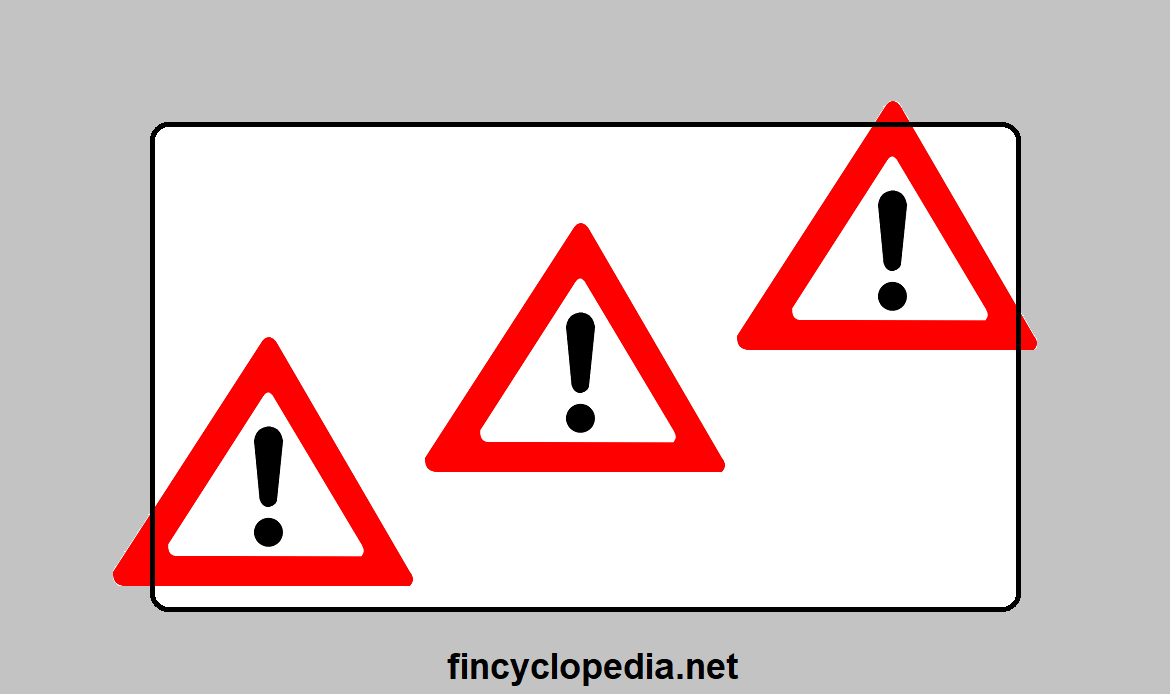It stands for credit value at risk (VaR); a quantitative measure that is used to estimate the credit risk of a credit portfolio (e.g., a bond portfolio). It captures the difference between expected and unexpected losses on a credit portfolio over a period of one year, expressed at a specific level of statistical confidence.
The “unexpected credit loss” is the difference between the expected value of the return/ payoff on the portfolio and an extreme loss percentile. For example, subject to the loss percentile, the loss may be estimated to have no more than 1.0% probability of occurrence in the next year.
CVaR may also stand for component value at risk (component VaR). For a portfolio, VaR that is derived under the assumption of normality, the portfolio risk can be decomposed into the risks associated with each component of the portfolio. More specifically, VaR can be decomposed in a financially meaningful manner into the risk contributions made by the portfolio holdings, each considered separately, and all as part of the entire portfolio.
CVaR is also an acronym for conditional value at risk (conditional VaR). By definition, it is a risk measure that quantifies the tail risk that an investment portfolio may be exposed to. Differently put, this risk measure is conditional in the sense that it quantifies the scale of expected losses (on a portfolio) once the value at risk (VaR) break point has been breached. It is also referred to as expected shortfall.






